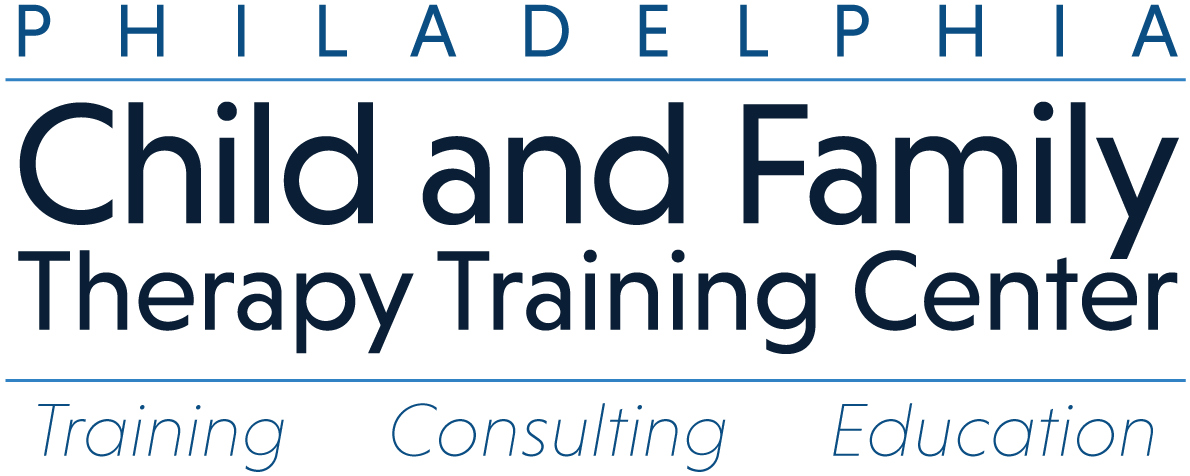
Systemic family therapists understand that no family exists in a vacuum. When negative patterns emerge within a family system, the ripple effects can be profound, influencing emotional health, communication, and relationships.
Unresolved conflicts, miscommunication, or persistent tension can create cycles of dysfunction. These patterns can shape how family members relate to each other and the world around them. As therapists, it’s our role to help families identify these dynamics and work towards healthier interactions.
Key strategies to address negative dynamics include:
- Mapping Patterns: Use tools like genograms or ecomaps to visually explore relational issues.
- Reframing Issues: Shift perspectives to help families see challenges as opportunities for growth.
- Facilitating Open Dialogue: Encourage honest, respectful communication during sessions.
By addressing the root causes of conflict, we help families move beyond survival mode to thrive as a connected, supportive unit. It’s this transformation that lies at the heart of systemic family therapy.
